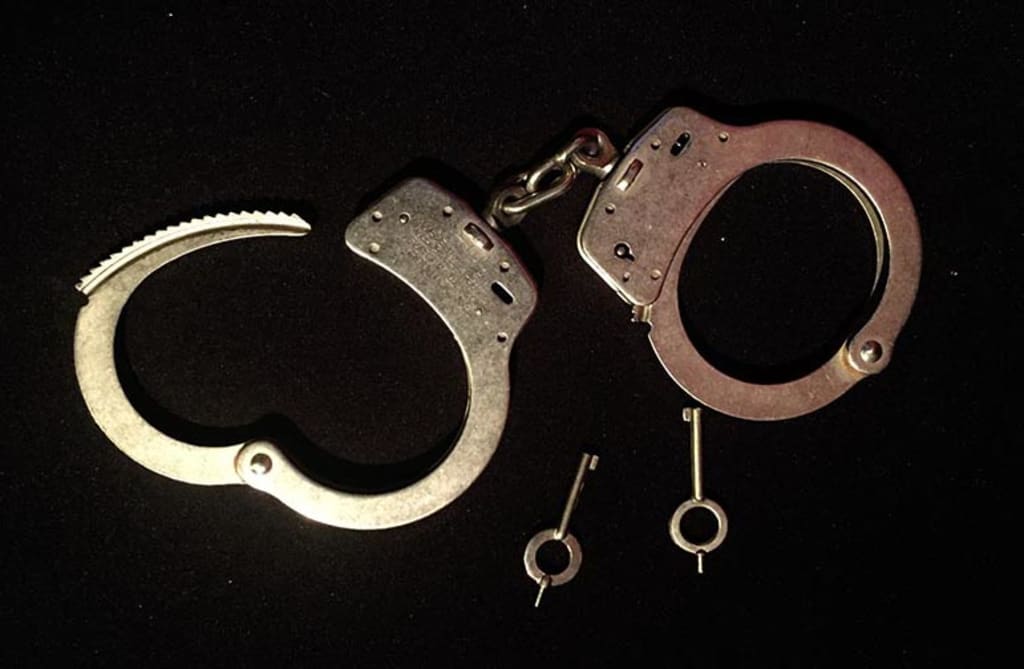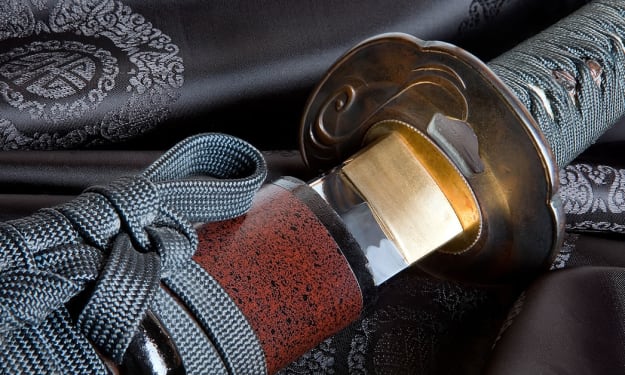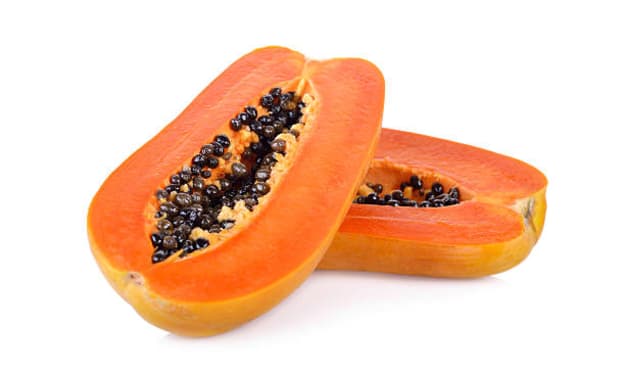7 Stunning Police Handcuffs Every Officer Needs!
Police Handcuffs

Police handcuffs are restraints used by law enforcement officers to securely restrain the hands of a suspect or prisoner. They consist of two metal cuffs joined by a chain or hinge that can be locked in place, preventing the person from using their hands or arms. Handcuffs are used to control a suspect during an arrest or transport or to prevent an individual from causing harm to themselves or others.
They are typically made of stainless steel or other durable metals and are designed to be difficult to pick or break. They can be adjusted to fit different wrist sizes and are often designed with a locking mechanism that can be opened only with a specific key. Some handcuffs may also have additional features such as double locks, which make it harder for the restrained person to escape or remove the cuffs.
In addition to their use in law enforcement, these handcuffs are also used in other settings such as private security, corrections facilities, and military operations. They are a common tool for ensuring compliance and maintaining order in situations where physical restraint is necessary.
How to Wear Police Handcuffs?
When applying police handcuffs, it is important for law enforcement officers to take certain precautions to ensure the safety of both the suspect and the officer. Here are the general steps for applying handcuffs:
Approach the suspect with caution and announce that they are under arrest. Clearly state your intention to apply handcuffs.
Have the suspect turn around and place their hands behind their back.
Use one hand to hold both handcuffs, while using the other hand to place one cuff around the suspect's wrist. Make sure the keyhole is facing up and the ratchet is facing down.
Use the same hand to grab the other cuff and place it around the suspect's other wrist. Again, make sure the keyhole is facing up and the ratchet is facing down.
Close the handcuffs by pushing the ratchets together until they lock. Be sure to check that the handcuffs are properly tightened but not so tight that they are cutting off circulation.
Use a double lock if available by pushing the small lever on the handcuffs, which will prevent the ratchets from tightening further and injuring the suspect.
Once the handcuffs are applied, check for proper fit and ensure the suspect is not in any distress.
Features and Design of Handcuffs:
There are several types of handcuffs used by law enforcement officers, each with its own design and features. Here are some of the most common types of police handcuffs:
Chain Link Handcuffs:
Chain link handcuffs are the most common type of handcuffs used by law enforcement. They consist of two metal cuffs connected by a short chain that allows for some movement of the hands. The chain link design allows for flexibility and makes it easier for the officer to apply the handcuffs to the suspect's wrists.
Hinged Handcuffs:
Hinged handcuffs are similar to chain link handcuffs, but they feature a hinge mechanism that connects the cuffs, allowing for less movement of the hands. The hinge design provides increased security and makes it harder for the restrained individual to escape or manipulate the cuffs. Hinged handcuffs are often used in situations where there is a high risk of escape or physical resistance.
Rigid Handcuffs:
Rigid handcuffs are designed to be less flexible than chain link or hinged handcuffs. They are often made of metal or hard plastic and are less comfortable for the restrained individual. Rigid police handcuffs are typically used in situations where there is a high risk of escape or where the individual poses a significant threat.
Disposable Handcuffs:
Disposable handcuffs, also known as flex cuffs, are made of plastic and are designed for one-time use. They are often used in mass arrests or situations where multiple people need to be restrained quickly. Disposable handcuffs are easy to use and are often more affordable than metal handcuffs.
Thumb Cuffs:
Thumb cuffs are a type of restraint that is used to restrain a person's thumbs. They consist of two small cuffs that are connected by a short chain. Thumb cuffs are less commonly used than other types of handcuffs, but they can be useful in situations where the individual is resistant or has an injury that prevents the use of regular handcuffs.
Belly Chains:
Belly chains are used to restrain a person's hands and feet together. They consist of a chain or cable that runs through a series of cuffs that are attached to the individual's wrists, ankles, and waist. Belly chains are less commonly used than other types of handcuffs, but they can be useful in situations where a suspect is extremely dangerous or requires additional restraints.
Transport Restraint Systems:
Transport restraint systems are designed for use in transporting prisoners or suspects. They consist of a belt or harness worn by the restrained individual and attached to a chain or cable secured to the floor or wall of the transport vehicle. Transport restraint systems are used in situations where the individual poses a significant escape risk.
It is crucial for law enforcement officers to receive proper training in using handcuffs and to follow established protocols to ensure the safety of both the restrained individual and the officer.
Different situations may require the use of different types of handcuffs, and officers must choose the appropriate restraint based on the level of risk and the individual's behavior. Proper use of handcuffs can help to prevent injury or death and ensure a successful outcome in law enforcement situations.
Importance of Police Handcuffs:
The primary use of police handcuffs is to restrain suspects or prisoners during an arrest, transport, or detention. Handcuffs are a common tool used by law enforcement officers to ensure the safety of both the officer and the restrained individual. Handcuffs prevent a suspect from using their hands or arms and limit their mobility, making it easier for the officer to control the situation.
Handcuffs are used in a variety of law enforcement situations, such as during routine traffic stops, investigations, and arrests for criminal offenses. They are also used in corrections facilities to maintain order and prevent escapes. In addition to their use in law enforcement, handcuffs are also used in private security, military operations, and other settings where physical restraint is necessary.
For example, security personnel may use handcuffs to detain individuals who are causing a disturbance or posing a threat to others. While police handcuffs are an effective tool for maintaining control and ensuring safety, it is important to use them appropriately and with caution.
Improper use of handcuffs can lead to injury or death, particularly if the restrained individual is not able to breathe or is placed in a position that puts pressure on the chest or neck. Law enforcement officers are trained in the proper use of handcuffs and follow established protocols to ensure the safety of both the restrained individual and the officer.
About the Creator
Mai Sophia
A Writer/blogger by day, a knife enthusiast and survivalist by night. I've reviewed a lot of products and have helped people make the right purchase
Enjoyed the story? Support the Creator.
Subscribe for free to receive all their stories in your feed. You could also pledge your support or give them a one-off tip, letting them know you appreciate their work.






Comments
There are no comments for this story
Be the first to respond and start the conversation.